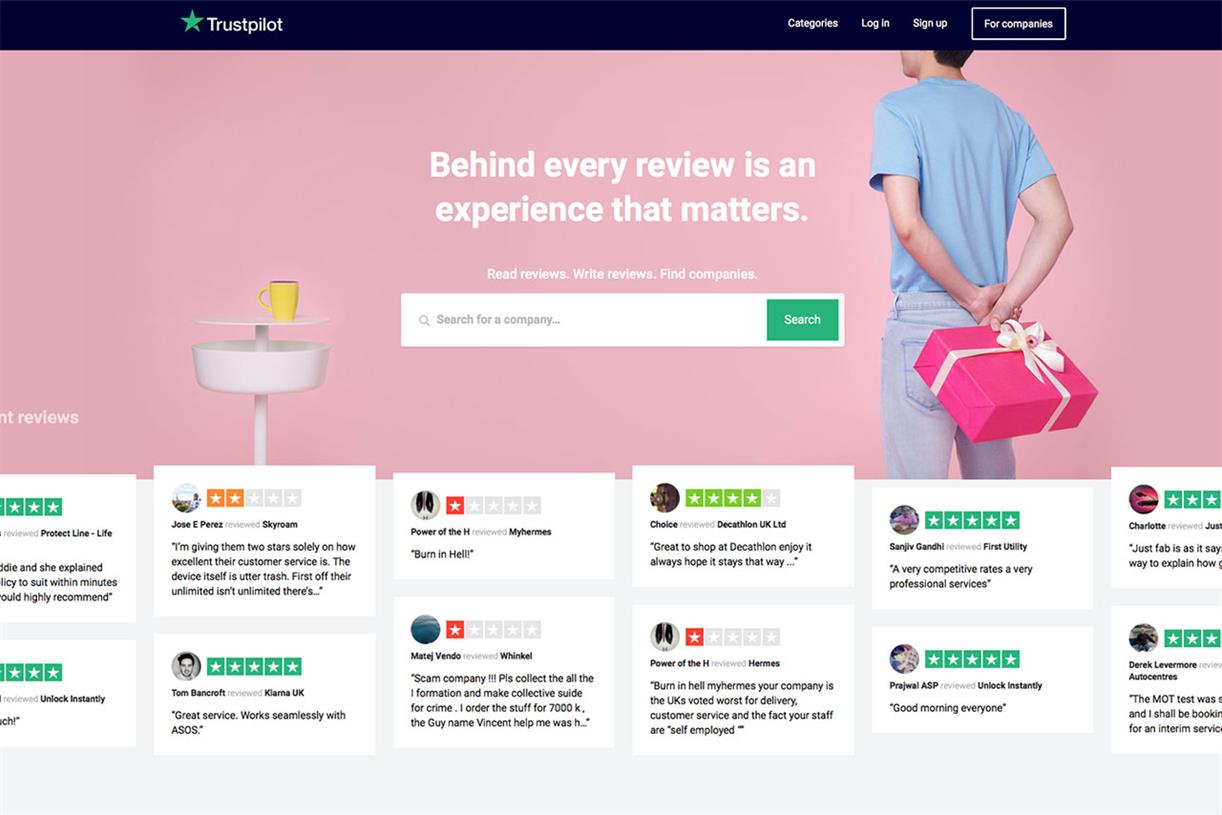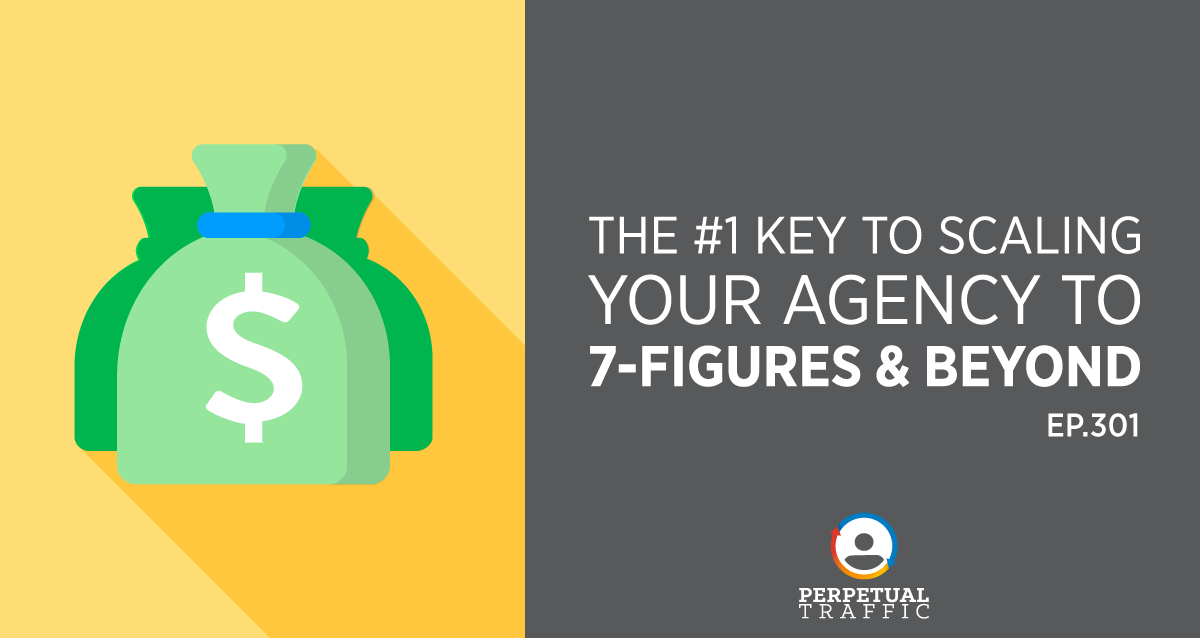The Strategy Behind Launching a Podcast for Your Brand
Attention business owners and influencers – there is no better time for you to launch your own podcast than now! Over the last few years, podcasts have been viewed as an audible form of blogging and are growing enormously...

Attention business owners and influencers – there is no better time for you to launch your own podcast than now!
Over the last few years, podcasts have been viewed as an audible form of blogging and are growing enormously in the podcast industry – yet, as of 2022, there are only 2 million podcasts compared to over 600 million blogs worldwide. This means that while podcasts are becoming more popular, they still aren’t as saturated and competitive as blogging.
In this blog, the expert Bold x Collective team will discuss the secret to a successful podcast, while providing guidance on how you can launch your very own podcast.
Let’s start with the basics. Where should you begin?
Brainstorm Your Podcast
As self-explanatory as this may sound, there is a huge amount of planning that goes into launching anything new and a podcast is no different. This step begins with narrowing down what your podcast will consist of, so what is the purpose of this podcast?
Are you a freelancer or part of a business? Ask yourself, will this be a hobby you’re passionate about, or is it a part of your business strategy where the goal is to profit from this?
Regardless, you will also need to define your theme and demographic. If your podcast will be true crime-related then your niche might be crime and mystery buffs; if your podcast is health and fitness related then your audience might be those who are interested in having a healthy lifestyle, losing weight, exercising, etc.
Therefore, find your podcast’s purpose and its niche before moving on to the next steps.
Once you have figured out the purpose and niche of the podcast, you can now focus on coming up with a unique name for your podcast that intrigues your audience and describes the podcast.
There are also plenty of free websites and tools that can generate names for you if you need inspiration. Get ideas from Business Name Generator or Get Welder, which are some great resources.
Lastly, you will need to create a schedule that includes your release schedule, whether it be weekly, bi-weekly, or monthly, as well as what days and times of the week and your podcast format.
You will have to consider if you will be doing this solo or with a co-host or inviting new people to join in each episode.
Perhaps even a combination of all three. If you plan on combining two or more of these options, you’re encouraged to have a clear schedule of when these different formats may occur.
For instance, maybe you will have weekly episodes, every second episode (bi-weekly) your listeners can expect a guest. Basically, create a routine that will have your listeners know what to expect and when to expect it.
Create Your Brand
You don’t need expert copywriting or graphic design skills to create a brand. Examine descriptions of other podcasts like yours or even of one’s completely different but may inspire you.
Use a similar structure to help you formulate your own podcast description and ensure it gives a clear introduction to what the theme of your podcast will be. Next, you will need to create cover art for your podcast.
This cover art will be the first impression you’ll make on your audience, so remember to make it creative and intriguing.
Luckily, there are various free tools available to you that can help you create your cover that also don’t require any in-depth graphic design skills.
Bold x Collective recommends using a great tool called Canva, where you can easily combine all the available features, and/or free images to create an intriguing and fun cover.
Gear Up
This is the part of launching a podcast where you’ll need to purchase a quality microphone. Bold x Collective recommends that you first research and browse for microphones and editing software available before purchasing to help determine which is best for your budget and needs.
Record your Podcast
Before we get into tools for recording your podcast, let’s talk about scripting. Although it may seem tempting to have a podcast script available to you in case you forget any of your points, preparing a script takes a long time.
Of course, depending on the length of your episodes but unless you plan on having short 5 minutes episodes, writing a script for anything longer will accumulate to dozens of pages that for many are just a waste of time.
Moreover, while being able to read from a script may seem easy and efficient, as many of us know from experience, listening to someone read out a script can be extremely boring.
To avoid the increased risk of your voice sounding very mono-tone, jot down core ideas and concepts you want to speak on beforehand to prioritize your topics, without needing to spend hours writing and memorizing a lengthy script.
As for recording software for your podcast, there is no shortage of choices. For beginners, there is a very helpful tool called Audacity that will let you record your podcast/audio and then also edit it when you’re finished, it does the job and it’s free!
A more expensive alternative is a tool called Adobe Audition. Adobe Audition offers a lot of advanced tools compared to Audacity but is associated with a monthly or annual cost. Another tool Bold x Collective recommends is called Cast.
This tool includes a small charge and allows you to record yourself, as well as up to 3 guests (which can come in handy if you’re expecting frequent guests).
Like the other tools mentioned, Cast allows you to edit your content, and once you’re done, you can upload and publish your episodes on other social media platforms. A few other helpful software available are Zoom (commonly used for free recordings), Descript, GarageBand (for Mac), and Anchor.
Design A Template
Usually, every episode of a podcast follows a specific structure to promote consistency for the listeners. Below are a few key concepts that you can include in your podcast structure:
Starting podcast with catchy intro music.Have an engaging introduction for the podcast to hook your audience.Go over the topic of discussion for the podcast episode.Call To Action – promote subscribing, leaving reviews, follow on social media platforms.Conclude the podcast with catchy outro music.To ensure every episode you create remains consistent, consider creating a template that you can reuse every time you record. This may look different depending on your episode format, but overall, expect to at least have your intro and outro music ready for every episode.
Keeping consistent with your theme will keep your listener coming back every episode.
Edit
For many, this part may be a little dreadful and exhausting, but we must promote how important this step is to keep your podcast clean and organized.
Using the software mentioned above, like Cast, you can remove any awkward parts of your episode where you might have paused or said ‘um’; furthermore, you can add many other great features like fine-tune audio or sound effects.
Upload Your Podcast
With iTunes and Spotify being the largest and most popular platforms for podcasts, Bold x Collective wants to discuss how to upload your podcast on both platforms.
Firstly, it’s worth mentioning that setting up a podcast on both platforms is completely free; therefore, now you can release your podcast to both channels rather than limiting it to just one.
For iTunes, you will need an Apple ID account to submit your podcast to Apple. For your podcast to be listed on the Apple Podcasts app, you’ll also need to create an RSS feed. An RSS feed contains all the metadata of a podcast, such as an episode title and description, cover art, and more.
If you don’t have an RSS feed for your podcast, easily create one (for free) using RSS. With the RSS feed created, you are now ready to submit your RSS on Podcasts Connect.
Keep in mind that after this process, it can take iTunes up to 5 business days to review your submission before it’s approved and uploaded; however, you are able to check your Podcasts Connect account at any time for updates.
As for Spotify, you can simply create an account and log in to your Spotify account to access Podcasters. Once this is done, you’ll likely be prompted to click on “get started” which will then give you your very own link to paste into your RSS feed.
The email address linked to your RSS feed will then receive a verification email from Spotify with a code that you’ll need to enter in the “submit” form and activate the account. Once your account is set up, you’ll be able to review the details of your podcast and make any changes if necessary.
Once all changes have been made, you can upload your podcast to be visible on Spotify within just a few hours!
Including all these steps in your podcast brainstorm will provide you with concrete details on how to launch a successful podcast. This means staying committed to what you started and keeping an open mind for all the work and dedication that will go into making your podcast the best out there.
Before launching your own podcasts listening to digital marketing podcasts can be beneficial as well.
Podcasts have been getting more popular each yet, so if you have opinions and facts about a topic that you’re truly passionate about, launch your own podcast today and share your voice with the world!
If you need further guidance on how to start your podcast, contact Bold x Collective for a complimentary consultation.

 BigThink
BigThink 










_1.jpg)



















